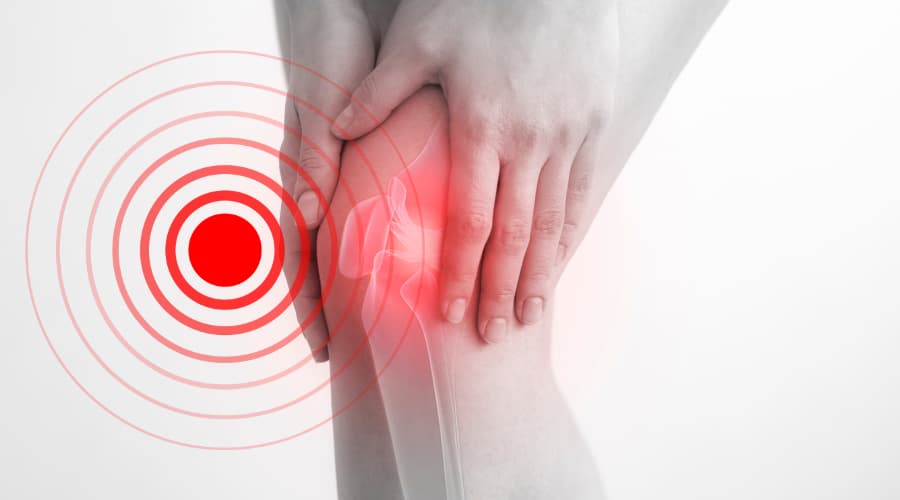Many patients who suffer from knee, shoulder or back pain for example can attribute these issues to a pelvic dysfunction. While pelvic dysfunction is not life threatening. It can be life limiting so find out how you can make small changes that may make a large difference. If you’re suffering from regular pain and think you might have a misaligned pelvis, it’s important for patients to visit a chiropractor.
Pelvic dysfunction often happen as a result of everyday awkward movements over time. This would include; lifting heavy loads without care and sitting at a desk with bad posture. As well as during pregnancy and childbirth or from injury.
The pelvis acts as a transmitter of forces between the legs and the spine. Many important muscle groups attach to the pelvis, the thigh muscles from below and the muscles of the trunk from above. If the pelvic joints (sacroiliac joints and pubic symphysis) are not moving correctly this can cause an imbalance resulting in pain in many different places. It could be looked at as a core stabiliser, supporting the spine, legs and wide range of muscles. So when the pelvis is not working properly (hip is tilted out of position) it can cause pain. It can also cause weakness and tightness that can travel through the hip and pelvis. Then then travels up into the shoulders and neck. It also commonly can cause referred pain down into the legs.
There are three distinct areas that may be affected as a result of Pelvic Dysfunction. These include the hips, which can become achy, painful and inflamed. The lower back which due to impairment of stability and function of (hyperextension) of the muscles in the abdomen and lower back which can cause spinal joint (facet joint) injuries. It also includes the knee and ankle which can be put under a lot of strain. Strain occurs on the knees and ankles if weight is shifted to one side to compensate for the pelvic dysfunction.
You can do a simple test at home to help you look for obvious signs of pelvic dysfunction:
Stand barefoot in front of a mirror with your back straight but relaxed. Imagine a vertical line going straight down the middle of your body and a second line near your shoulders that is perfectly perpendicular to the first line. If your hips are out of alignment, your pelvis will appear diagonal rather than parallel to the second line meaning you have a lateral pelvic tilt. This could be a sign of pelvic dysfunction.
Related Articles
- Pudendal Neuralgia (Pelvis Nerve Pain) Symptoms & Treatment
- Driving Posture, Do You Sit Correctly in Your Car?
- Back Pain FAQs
- Getting a Good Night’s Sleep When You Have Back or Joint Pain
- Osteopathy FAQs




